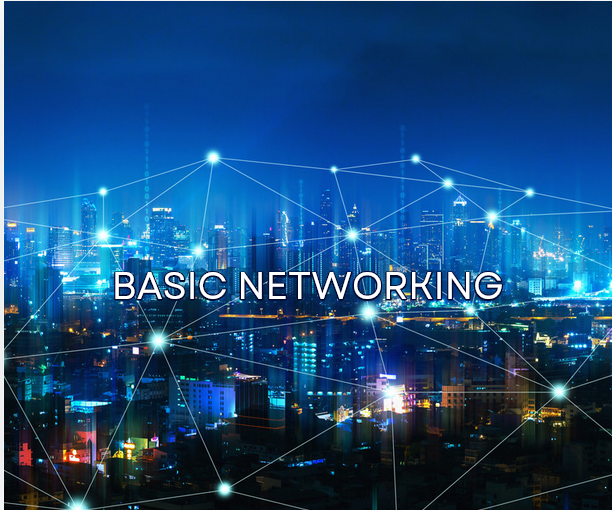Networking connects devices like computers, printers, and routers so they can communicate and share resources. It’s a critical skill for any IT professional. To start, let’s explore key concepts such as computer networking, basic router configuration, file sharing, and connecting printers and other devices within a network.
Computer Networking Basics
Networking allows computers to share files, resources, and the internet. It begins with understanding IP addresses, which identify devices in a network. Routers manage these IP addresses and direct traffic between devices, making sure data is sent to the right place. Switches help distribute data to connected devices efficiently.
Basic Router Configuration
Setting up a router is simple. First, connect it to the modem. Then, access the router’s settings by typing its IP address into a web browser. From there, you can set up a network name (SSID) and password for security. Enabling encryption like WPA2 ensures that only authorized devices can connect.
File Sharing in a Network
Networking also allows for easy file sharing between computers. To enable this, you can set up a shared folder on your computer. This folder can then be accessed by other computers within the network. Make sure to adjust permissions to control who can view or edit the files.
Connecting Printers and Devices
Adding a printer or other device to a network is straightforward. Most modern printers come with Wi-Fi capabilities, allowing them to connect wirelessly. Once connected, the printer becomes accessible to all devices in the network. Similarly, you can connect other devices like smart TVs, storage drives, or cameras to the network for easy access.
Networking makes managing multiple devices and sharing resources much more efficient. With basic knowledge, you can set up and manage a small home or office network with ease.
For more info:
Email: info@rabingiri07.com.np
For Blogs:
Website: blog.rabingiri07.com.np

